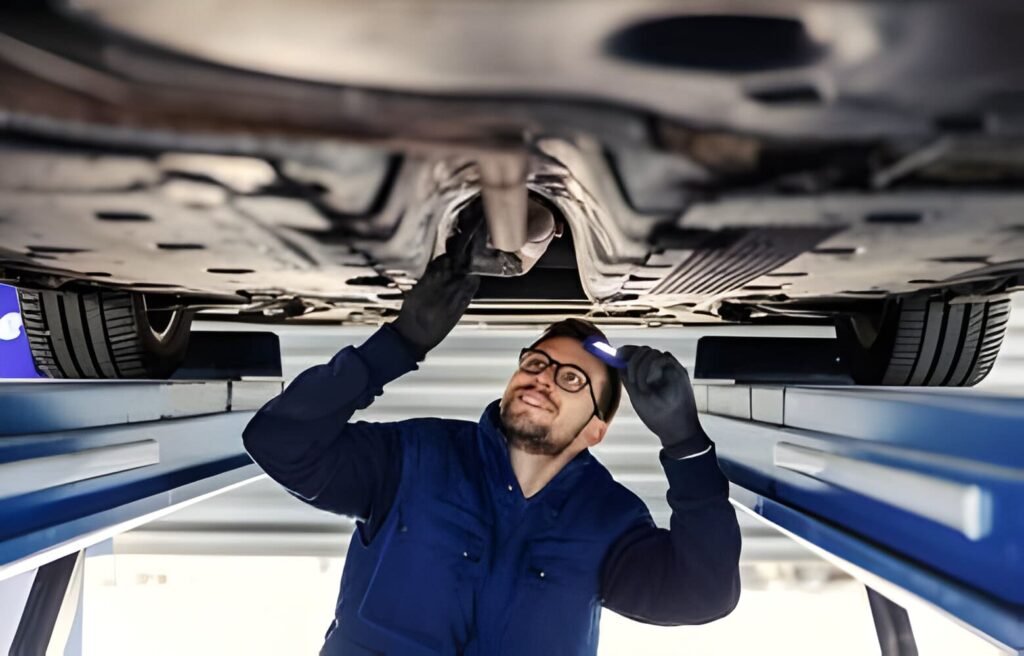car repare Top Tips for Effective
Many drivers may find car maintenance intimidating, but with the proper approach and information, you can efficiently handle common problems and keep your car moving smoothly. This is complete; you’ll learn the essential processes and advice for adequate car upkeep. I assure you that you can handle issues effectively. And get lower back on the road immediately.
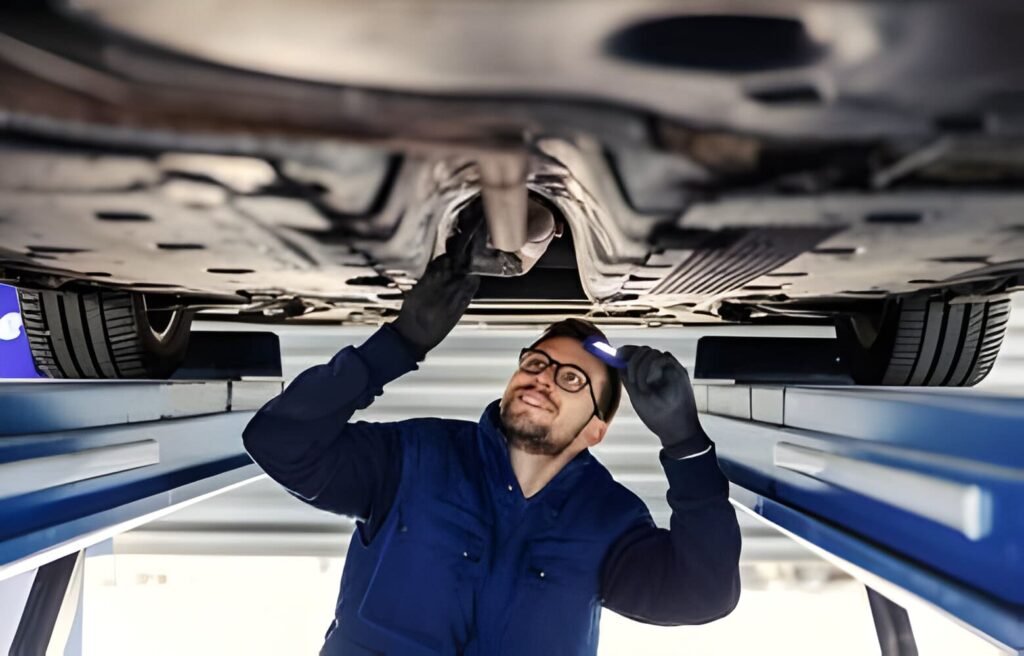
Understanding Common Car Repairs
Before diving into the restoration process, getting yourself up to speed with the most Typical car problems is crucial. Here are some time-honored problems drivers stumble upon:
Engine Troubleshooting
Diagnosing engine problems, including overheating, peculiar noises, or bad performance.
Check for warning lighting on the dashboard and decode its meaning.
Addressing issues with spark plugs, fuel filters, and air filters.
Brake Maintenance
Inspecting brake pads and rotors for put-on and tear.
Check brake fluid levels and ensure the proper functioning of the braking device.
Addressing not unusual brake troubles like squeaking or grinding noises.
Electrical System Repairs
Troubleshooting electric problems, including faulty wiring or dead batteries.
Testing alternators and starters for proper functionality.
Repairing or changing malfunctioning additives like fuses or relays.
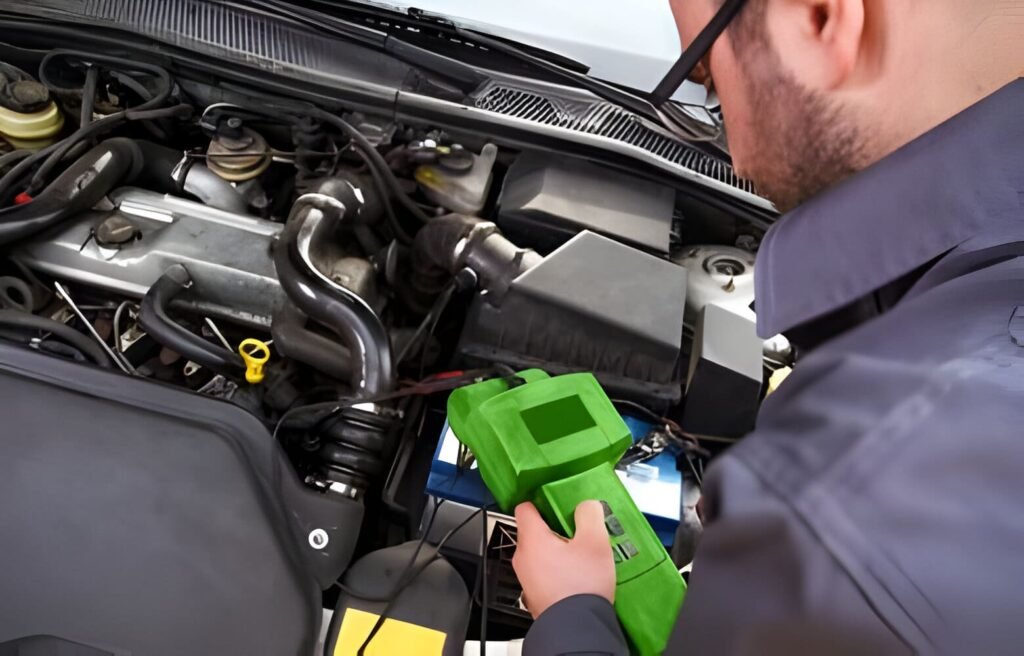
Step-through-Step Car Repair Guide
Now that You are familiar with typical car issues., permit’s delve into the step-by-step manner of repairing your vehicle:
Step 1: Diagnose the Issue
Start by identifying the particular trouble your car is experiencing.
Use diagnostic tools like OBD-II scanners to retrieve blunder codes.
Conduct visible inspections to pinpoint visible damage or abnormalities.
Step 2: Gather Necessary Tools and Parts
Ensure you have the equipment and alternative parts for the restoration.
Check your car’s manual or consult with an expert to determine the appropriate additives wanted.
Step 3: Safety First
While you must ensure that the engine is turned off, The car is parked on level ground, and the work area is clear before you begin, the maintenance only requires a little planning.
Use protection devices such as mittens and a visor to protect yourself from damage.
Step 4: Follow Repair Procedures
Refer to reliable restore books or online tutorials for distinct commands.
Take it slow and follow every step carefully to avoid errors or injuries.
Step 5: Test Your Work
Check the affected device after the repair to ensure it has the right capability.
Take the vehicle for a quick power to evaluate overall performance and find residual problems.
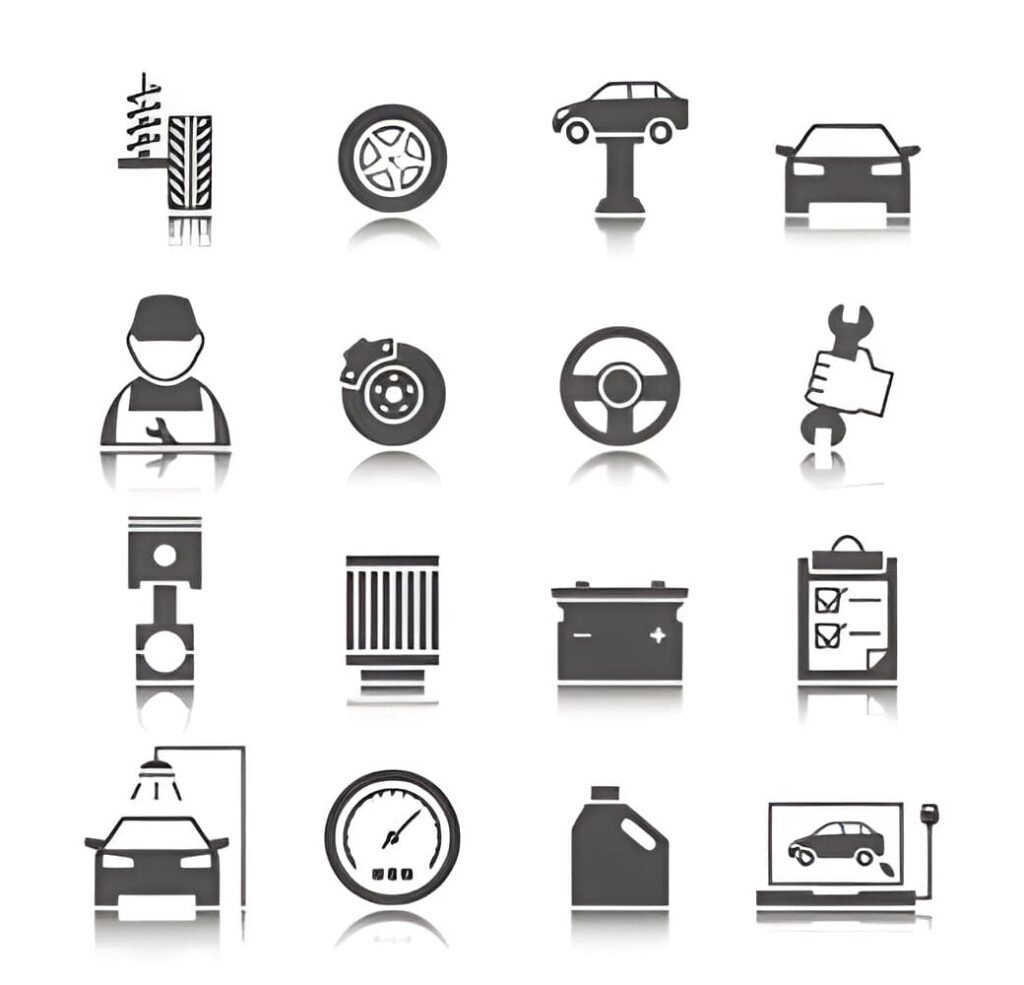
Transmission Repair: Keeping Your Vehicle Shifting Smoothly
In terms of car safety, one element that frequently calls for a hobby is the transmission. Transmissions are agents transferring power from the motor to the wheel, allowing the engine to shift gears smoothly rather than rough or clumsy. However, over the years, transmission additives can cause or broaden issues, leading to problems along with tools slipping, hard moving, or transmission fluid leaks. This targeted guide will explore the diverse transmission restoration diagnoses, including liability issues, fac-restoration tactics, restoration options, and preventive protection measures.
Common Transmission Problems
Before delving into repair strategies, it is crucial to identify the typical issues that could affect a vehicle’s transmission:
Gear Slipping
This happens when the transmission suddenly shifts gears or slips out of tools even as used, resulting in energy loss and acceleration.
Rough Shifting
Rough or jerky moving can imply problems with transmission fluid degrees, worn-out clutch parts, or internal mechanical problems.
Transmission Fluid Leaks
Leaking transmission fluid can result in low fluid stages, inflicting overheating and causing harm to inner additives.
Strange Noises
Unusual noises such as whining, grinding, or clunking all through gear shifts may suggest worn-out bearings, broken gears, or different inner problems.
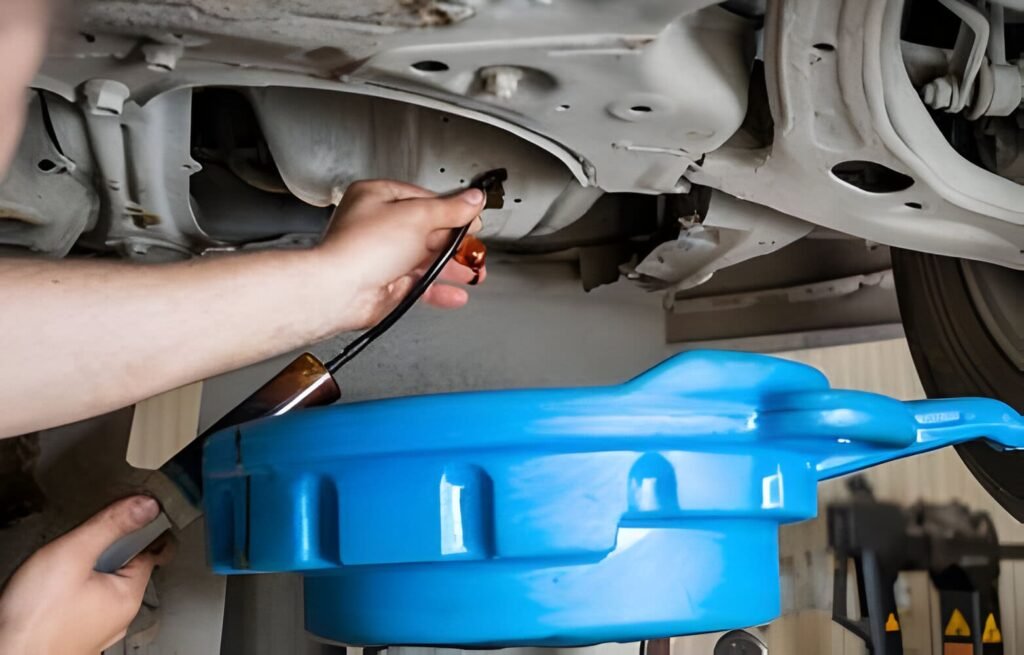
Diagnostic Procedures
When experiencing transmission issues, correct diagnosis is critical to understand the primary goal of the trouble. Here are a few diagnostic tactics typically used by mechanics:
Visual Inspection
Inspect the transmission for signs and symptoms of leaks, damage, or loose components.
Fluid Check
Check the transmission fluid level, situation, and coloration to determine whether it needs replacing or crowning.
Computer Diagnostics
Using diagnostic gear to retrieve blunder codes from the car’s onboard laptop device, imparting insights into ability transmission issues.
Road Testing
Conducting a road test to assess the vehicle’s performance, which includes transferring smoothness, responsiveness, and any unusual conduct.
Repair Options
Once The problem has been identified, and multiple restore options are to be had, depending on the severity of the problem:
Fluid Flush and Replacement
Flushing vintage transmission fluid and changing it with sparkling fluid can help maintain proper lubrication and cooling in the transmission.
Seal and Gasket Replacement
Repairing or changing damaged seals and gaskets can save you fluid leaks and ensure suitable transmission features.
Clutch Adjustment or Replacement
Adjusting the grasp linkage or replacing worn-out grasp additives can improve transferring smoothness and remove clutch slippage.
Internal Component Repair or Replacement
Repairing or changing worn-out gears, bearings, or other inner additives can be essential for more severe transmission issues.
Preventive Maintenance Measures
To keep away from pricey transmission repairs and prolong the lifespan of your automobile’s transmission, keep in mind imposing the following preventive renovation measures:
Regular Fluid Checks
Check transmission fluid tiers frequently and top up or update fluid as wished, following manufacturer recommendations.
Scheduled Maintenance
Adhere to the producer’s advocated protection schedule, which consists of fluid modifications, filter-out replacements, and inspections.
Driving Habits
Avoid aggressive riding behaviors, which include fast acceleration, excessive braking, and towing heavy masses, which could place undue strain on the transmission.
Temperature Management
Avoid prolonged operation in intense temperatures, as overheating could accelerate the pace of breakdown transmission and fluid degradation.
By knowing commonplace transmission problems, undertaking thorough diagnostics, exploring restore options, and implementing preventive preservation measures, you may ensure your car’s transmission operates smoothly and reliably for years. Consult a certified mechanic or transmission expert for professional recommendations and help with complicated restoration duties.

Frequently Asked Questions (FAQs)
Q: Can I repair my car without first revealing it?
A: While beginners may perform minor maintenance tasks, complex Problems require professional support. It’s imperative to assess your skills and know-how before making any repairs.
Q: How regularly have I performed preservation on my car?
A: Regular obligations for protection, such as oil modifications, tire rotations, and fluid evaluations, should be accomplished in keeping with the manufacturer’s recommendations. Additionally, cope swiftly to prevent you from suffering similar harm.
Q: What must I do if I encounter a problem I can not repair?
A: If you cannot remedy an automobile issue independently, don’t hesitate to seek help from a certified mechanic or technician. Ignoring problems or attempting DIY fixes beyond your knowledge can result in costly repairs.
Conclusion
Following these top suggestions and step-by-step pointers, you may successfully tackle vehicle repairs and hold your car in the most efficient situation. Remember to prioritize safety, accumulate vital equipment and parts, and comply with repair tactics diligently. Proper expertise and practice are essential to successful outcomes, whether you are handling engine problems, brake preservation, or electric system upkeep. Happy repairing!
